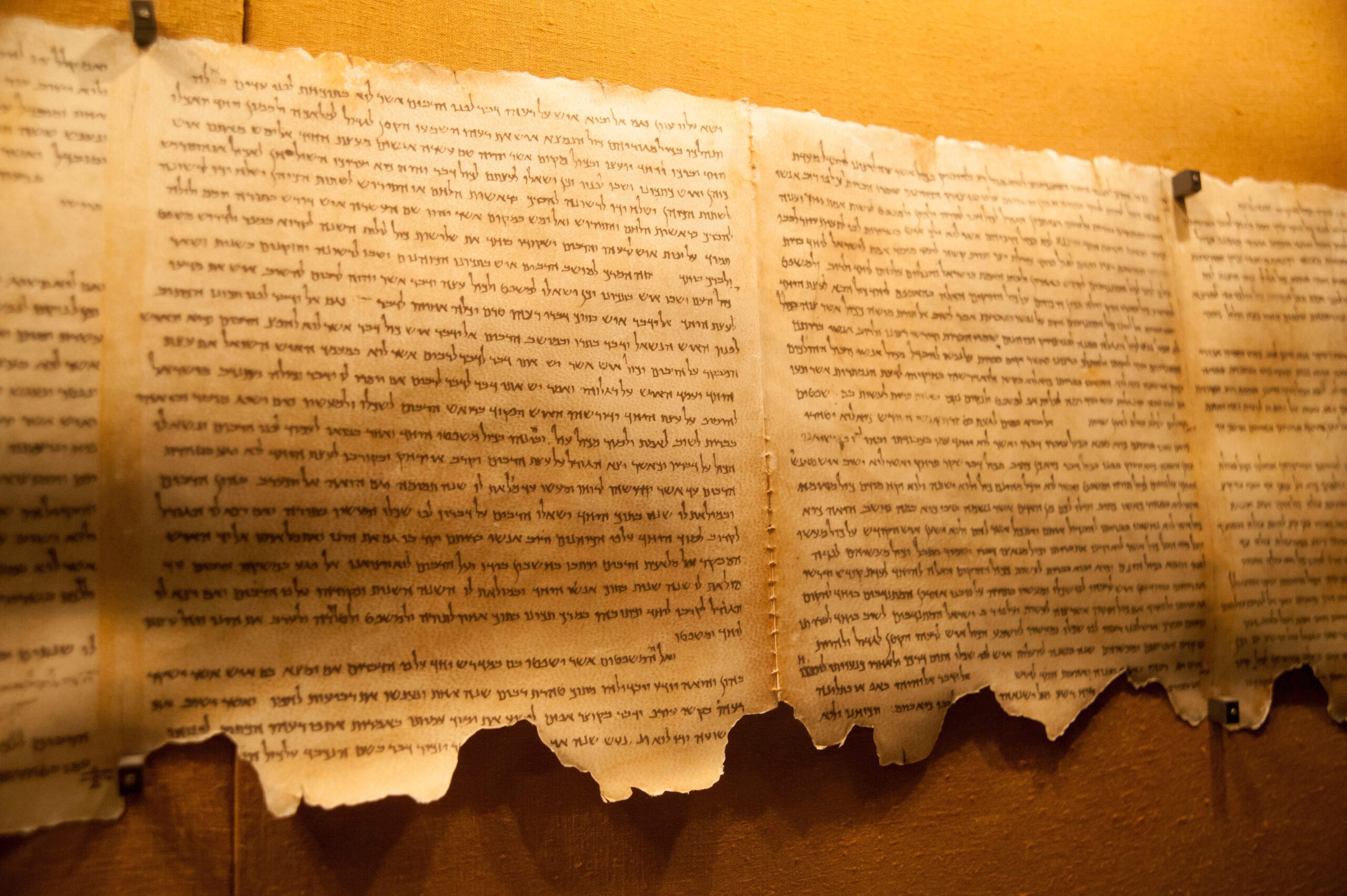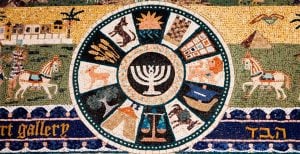What Are the Dead Sea Scrolls, and Why Do They Matter?
There’s a very good chance you’ve asked yourself, “I’ve heard of them… but what are they?” You might even know a bit about where they were found, or the conspiracies circulating about them, but here is all the info you need.
The Dead Sea Scrolls are a collection of over 900 ancient Jewish manuscripts discovered between the years 1947 and 1956 in 11 caves near the site of Qumran, by the northwestern shore of the Dead Sea. The scrolls date from the 3rd century BCE to the 1st century CE and are written mostly in Hebrew, with some in Aramaic and a few in Greek.
The scrolls fall into three main categories: Biblical texts, apocryphal or extra-Biblical writings, and sectarian manuscripts that appear to reflect the beliefs and practices of a particular Jewish community. They matter because they give us an authentic look at how Judaism was practiced, studied, and debated more than 2,000 years ago. In a world before printing presses or even a standardized Biblical canon, the Scrolls reveal how sacred texts were copied, interpreted, and cherished by Jewish communities living under Roman and Hellenistic rule.
















